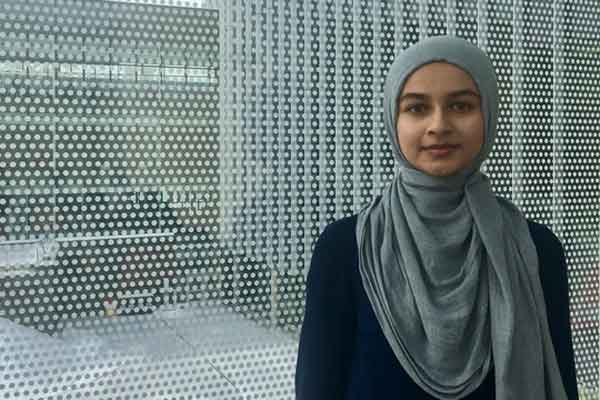- The rooftops of Calgary are one hot commodity when it comes to solar panel potential, suggests a study by the University of Calgary's Schulich School of Engineering.
- The conclusion was proposed after a student measured solar panel potential of Calgary's unused rooftop space.
- The study was originally published by UToday, University of Calgary's news and trends website.
Geomatics engineering student Aasima Gadiwan, working under the supervision of Dr. Mozhdeh Shahbazi, PhD, measured the solar potential of Calgary’s rooftops, determining that solar photovoltaic panels could provide nearly 23 per cent of the city’s annual power demands simply by capturing southern Alberta’s plentiful sunlight.
“This is an estimate of the available rooftop area in Calgary for solar PV installation and determines what portion of the city’s annual, monthly and hourly needs can be fulfilled,” explains Gadiwan. “Calgary is the sunniest city in Canada, and the potential of rooftop solar installation is quite evident, for both residential and industrial scale implementation.”
Summer of sun and solar potential
Gadiwan spent this past summer supported by UCalgary’s PURE (Program for Undergraduate Research Experience) Awards initiative, which provides up to $6,000 for 16 weeks of academic investigation under some of the university’s top researchers.
Gadiwan, under Shahbazi’s supervision and mentorship, used geospatial information systems (GIS) and machine learning tools to create a map of Calgary’s suitable roof area for photovoltaic panels. She was one of three students later recognized at PURE awards celebration night for her work.
Hypothetical sun-powered system
She found a total rooftop area of 49 square metres per capita — about the size of two school buses — for the city as a whole, including commercial and industrial buildings, which was reduced to an available 18 square metres per capita available for solar on residential buildings alone.
City-wide, Gadiwan determined the hypothetical sun-powered system would fulfil 22.7 per cent of Calgary’s annual energy consumption needs, based on consumption data provided by Enmax to the research project.
If measured during the sunlight-optimal months from April to September, solar could fulfil 40 to 50 per cent of the monthly consumption needs of Calgary’s single-family residential homes and medium industrial buildings.
Worth of further study
With solar power on the rise as a clean energy alternative for the future, Shahbazi calls her student’s research timely and worthy of further study.
“At a time when clean, renewable energy is a priority, taking advantage of the power generating possibilities around us is vital,” says Shahbazi, assistant professor in the Department of Geomatics Engineering.
“Through this research, we’re starting to understand how a city like Calgary can benefit by taking advantage of roof space, and designing future buildings to maximize that potential.”














Comments